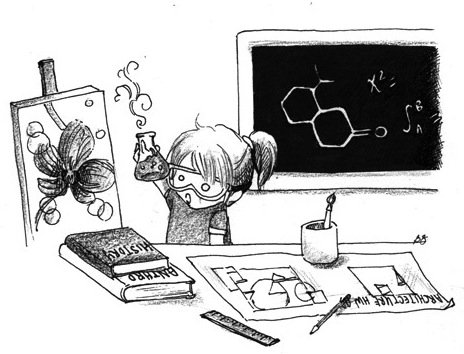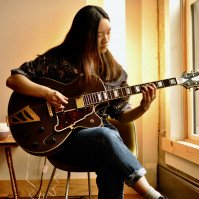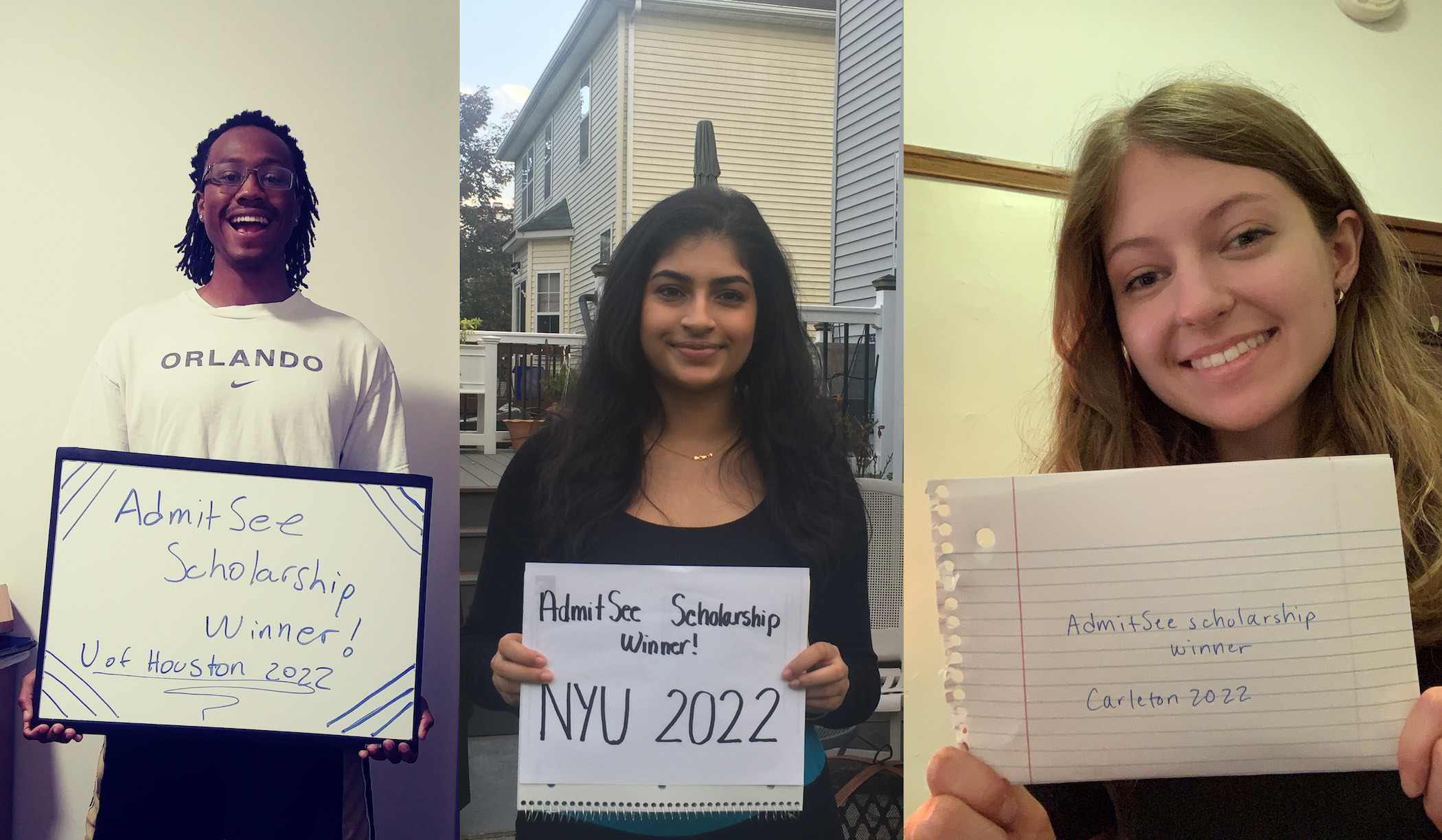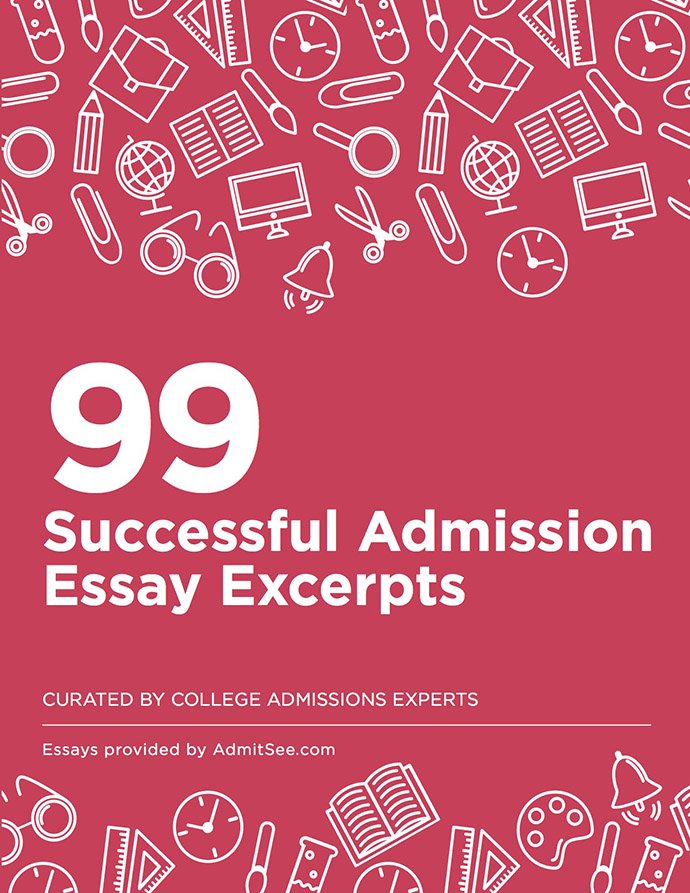What would an ideal school look like? What would subject matter entail? What strategies would teachers employ? How would classes be conducted?

The Odyssey Initiative spent a year traveling the country and visiting schools—district public schools, charter, private and parochial schools—recommended by professors studying education, journalists, and other teachers to piece together proven teaching practices. I know many of you might be skeptical of new age teaching; I can be too. But hear me out. This is what they found.
- Nurturing inquisitiveness no matter the age. - Turns out kids learn best when they’re the ones asking the questions and driving the learning. Inquisitiveness should be encouraged and the children’s interests should be explored. Teachers can develop relevant project-based learning experiences that drive student inquiry through their own curiosity about the world around them.
Integrated interdisciplinary curricula. - Teachers should build lessons that look to integrate seemingly disparate subject matter. At one public magnet school, an art teacher and a subject teacher worked together to develop lessons that accessed traditional classroom content in more creative ways. For example, a leaf was examined both from the perspective of a science lesson and from an artistic, creative one.
Finding a balance between teaching toward standardized tests and exploration-based education. - Instead of teaching to the test, teachers can treat the test itself as a genre of education whose pitfalls and structure can be analyzed.
Professional development for teachers. - Schools should build in time for teachers to work together and reflect on best practices and develop new ideas. One model is to implement an early release day, in which students get out early one day a week, allowing teachers to meet in grade-level groups to share effective projects and lessons and brainstorm new ones.
Open technology use. - Instead of closed-system games or software, “drill and kill” programs, technology can be treated as an extension of the inquiry based process that promotes adaptive learning.
- Grounding the learning to the environment and community. - Grounding a school in its physical location and emphasizing hands-on learning can enhance learning. One high school partnered with community members for almost all its projects that aimed to solve real world problems. In one project, the school’s focus on architecture, construction and engineering allowed its students to design a bridge for U.S Fish and Wildlife Service that took into account a local hatchery.
Just as we should constantly be evolving and expanding our knowledge base to incorporate new findings, so should we view our approach to the learning process. Only by permitting fluidity and dynamic growth in how we learn can we optimize education for our children. After all, they are the future.
For a more detailed account of the study, check out KQED’s blog post.















 Back
Back